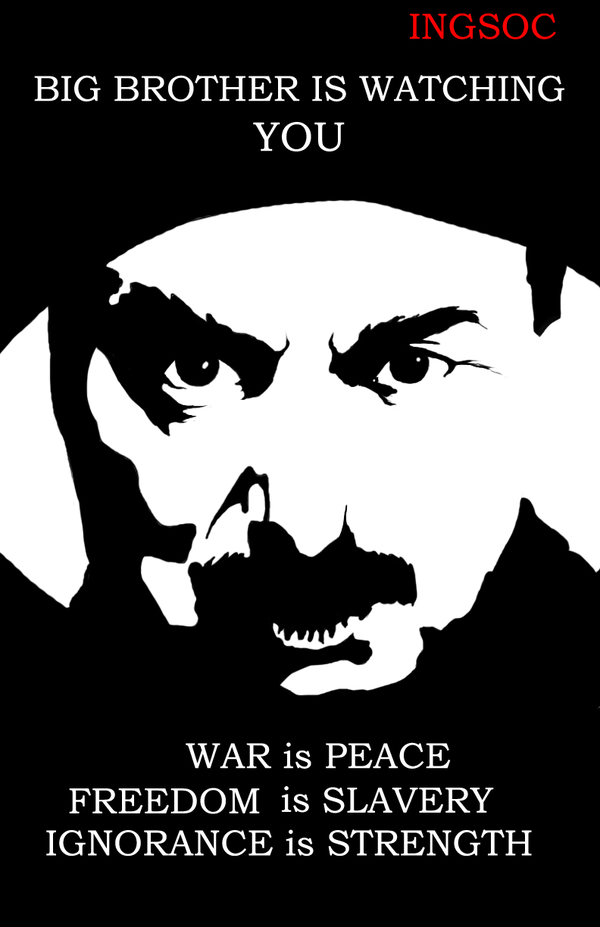When I said I’d blog about choosing details wisely in writing fiction, I meant it; I just didn’t say how soon I’d get around to it! Writers often have to describe scenes, characters, or objects in their stories. Which details do they choose to mention, and why?
First let’s examine some of the things writers try to accomplish in their descriptions:
- First and foremost, create an image in the reader’s mind
- Convey the mood and theme of the story
- Show the attitude, personality, and mood of the point-of-view character
- Foreshadow a later event
- Illustrate connections to, or separations from, other scenes, characters, or objects in the story
That seems like a lot to accomplish, a lot of baggage to weigh down a few words. Partly for that reason, in books written in the Nineteenth Century and earlier, descriptions were long and tedious. Writers weren’t as selective about details; they threw them all in. Today’s readers won’t stand for that, so as a modern writer you’ll have to keep your descriptions brief.
Say you’re writing about something or someone and you want to convey the image to the reader’s mind. How do you choose the details? Here are some guidelines:
1. Three is a magic number, as far as the number of details to pick. Don’t stray too far from it either way.
2. Specific details beat general ones every time.
3. Nouns and verbs are better than adjectives, and adjectives are better than adverbs.
4. Consider using a mind map to mentally play with all the details you can think of, then select the few that best serve your purposes.
5. You don’t have to gather all the details together in one place, in one solid paragraph. You can sprinkle some of them around later in the scene; that helps break up the narration and keeps the image fresh in the reader’s mind.
Here’s an exercise you can do to improve your skills in selecting details for your descriptions. Pick something to describe–the scene out your window, a movie or TV character, a household object. Now create a mind map filled with key words about your chosen thing. Next write two description paragraphs, one in a happy mood and one in a sad mood. Write two more paragraphs, each as if narrated by characters with opposite personalities. Write another one that contrasts your chosen thing with some other. Just as no two witnesses describe a traffic accident the same way, using the same details, there are innumerable ways to describe anything.
Let’s analyze how George Orwell described the scene outside a character’s window at the beginning of his novel, 1984.
Outside, even through the shut window-pane, the world looked cold. Down in the street little eddies of wind were whirling dust and torn paper into spirals, and though the sun was shining and the sky a harsh blue,  there seemed to be no colour in anything, except the posters that were plastered everywhere. The black moustachio’d face gazed down from every commanding corner. There was one on the house-front immediately opposite. BIG BROTHER IS WATCHING YOU, the caption said, while the dark eyes looked deep into Winston’s own. Down at street level another poster, torn at one corner, flapped fitfully in the wind, alternately covering and uncovering the single word INGSOC. In the far distance a helicopter skimmed down between the roofs…
there seemed to be no colour in anything, except the posters that were plastered everywhere. The black moustachio’d face gazed down from every commanding corner. There was one on the house-front immediately opposite. BIG BROTHER IS WATCHING YOU, the caption said, while the dark eyes looked deep into Winston’s own. Down at street level another poster, torn at one corner, flapped fitfully in the wind, alternately covering and uncovering the single word INGSOC. In the far distance a helicopter skimmed down between the roofs…
In addition to giving a concrete image, this certainly conveys mood and theme, and also foreshadows. I like the contrast between nature (shining sun, blue sky) and man-made items (torn paper, poster flapping, commanding corners). Well-chosen details.
More practice will increase your skills at picking details to include. Leave me a detailed comment if you got something out of this blog post. Knowing the devil is in the details, I’m—
Poseidon’s Scribe
